This article was published in Scientific American’s former blog network and reflects the views of the author, not necessarily those of Scientific American
In the depths of space are places both serene and fearsome. In honor of Halloween, here are some glimpses into the dark hearts of the cosmos: nebula - places of destruction, but often also construction. Starbirth alongside star death - the ultimate circle of life. All images are real although colors have been artificially assigned by the research teams in each case.
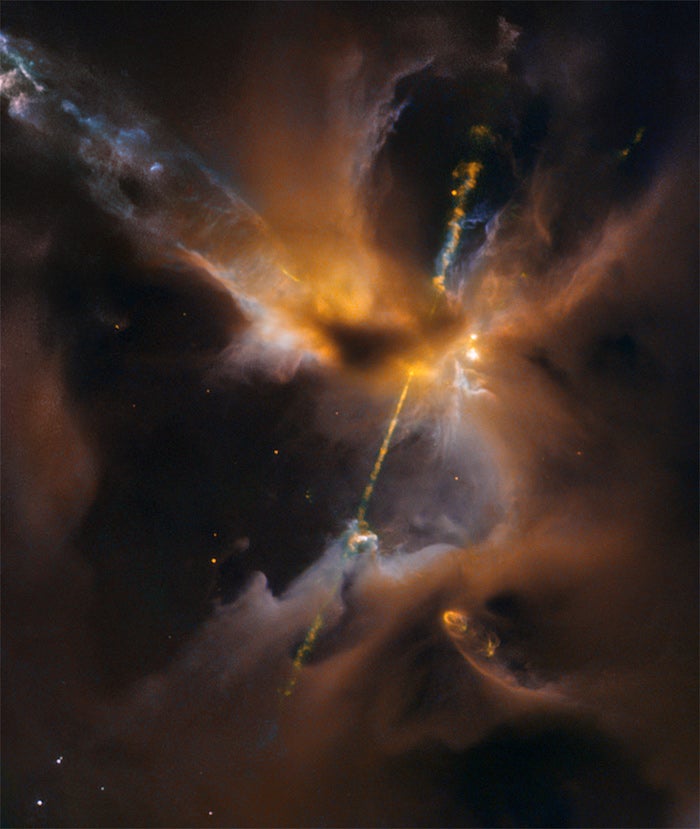
Hubble Telescope image of the Herbig-Haro object HH 24 - where a brewing protostellar system is generating a powerful jet of accelerated matter - beaming into the surrounding nebula (1,350 light years from Earth. Credit: NASA, ESA
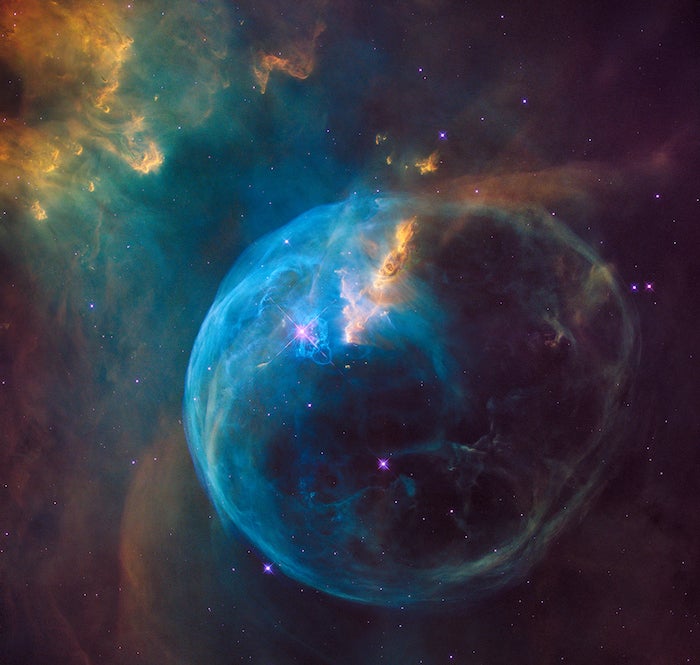
Hubble image of the Bubble Nebula - 7 light years across formed by the stellar wind of a star some 45 times the mass of the Sun. Credit: NASA, ESA, and the Hubble Heritage Team (STScI, AURA)
On supporting science journalism
If you're enjoying this article, consider supporting our award-winning journalism by subscribing. By purchasing a subscription you are helping to ensure the future of impactful stories about the discoveries and ideas shaping our world today.
.jpg?w=700)
The spider in the 'Spider and the Fly' nebula seen in infrared colors by NASA's Spitzer Space Telescope. The ominous green material sits by a bright stellar cluster to the right Credit: NASA, JPL-Caltech
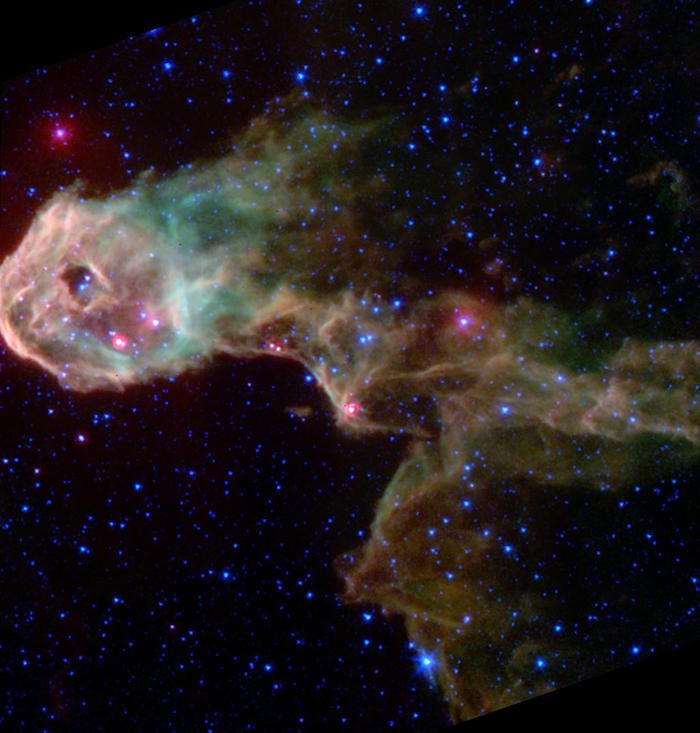
Infrared image of The Elephant's Trunk Nebula from the Spitzer Space Telescope - young stars within as the nebula is destroyed by ultraviolet radiation. Credit: NASA, JPL, Caltech
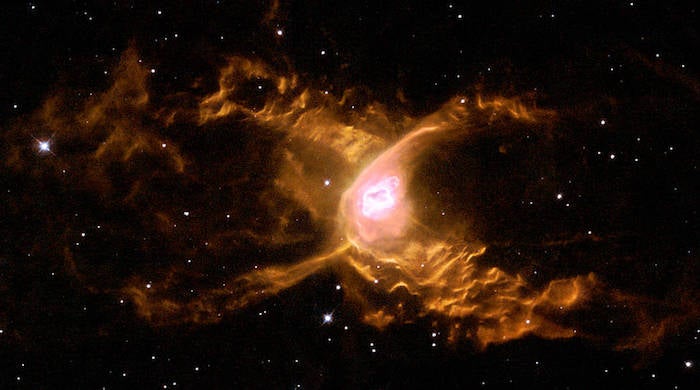
The Red Spider Nebula, 3,000 light years away, seen by Hubble. Atoms caught in the fearsome shock fronts from the hot central star glow into the night. Credit: ESA, Garrelt Mellema, Leiden University, the Netherlands
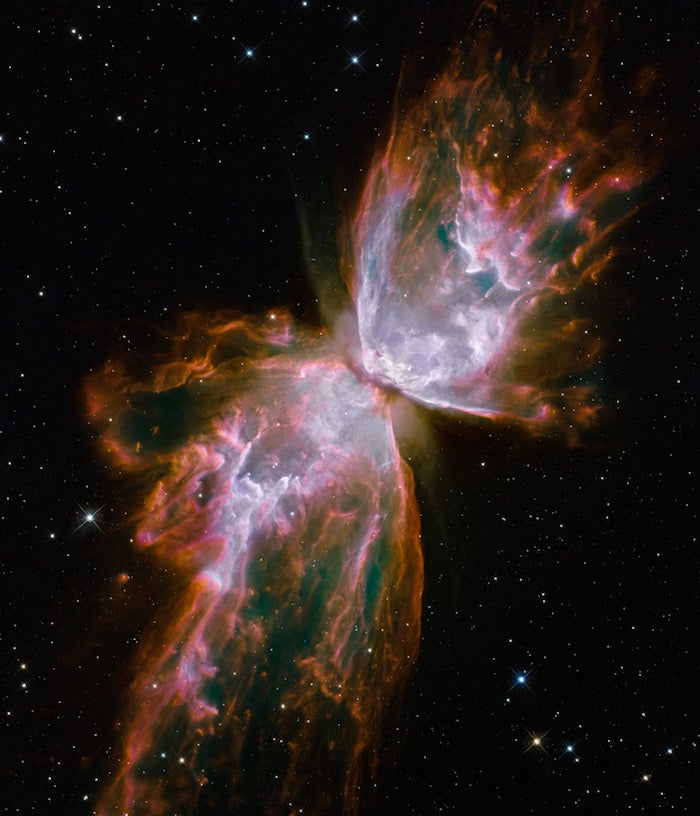
The Bug Nebula - created by a dying star originally some 5 times the mass of the Sun, now probably less massive than the Sun as it blows itself out into the cosmos. Death was never so beautiful. Credit: NASA, ESA, and the Hubble SM4 ERO Team
Enjoy your spooky celebrations!